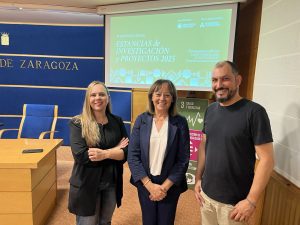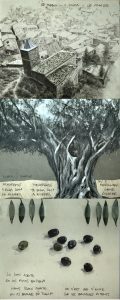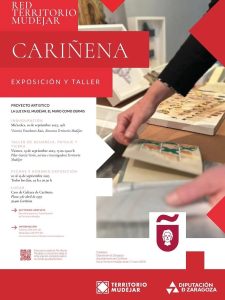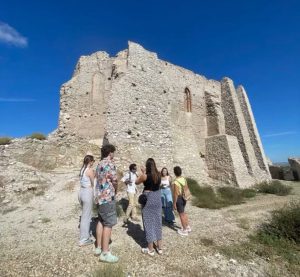
Territorio Mudéjar participated in the latest study visit of the European MOMAr (‘Models of Management for Singular Rural Heritage’) project to Mehedinti County in Romania.
This rural area of the country has served as inspiration for 24 European experts to learn about best practices in rural heritage management models.
On this trip, we visited the Iron Gates Regional Museum, located in the town of Drobeta Turnu Severin, and its exhibits on the communities of Mehedinti County.
On a cruise along the Danube, we observe the natural diversity and historical sites nestled along the river’s banks.
We visited the village of Eibenthal in the Banat Mountains, inhabited by a Czech community and which has become a meeting and celebration place.
They also explained the success story of the DiGiParks initiative, which reproduces 3D models of the region’s notable heritage sites.
The visit continued at the Romanian Hydroelectric Power Station Museum. In Balta Cave, we enjoyed a concert performed by a local music school.
We arrived at the so-called ‘Bridge of God’, the largest natural bridge in Romania, located in the village of Ponoarele.
And the last stage of the tour took place at the church of Selistea.
The Aragonese delegation was made up of the DPZ team: the coordinator of the Citizenship Area, Juan José Borque; the head of the Culture and Heritage Section, Lorena Laga; and the culture technician and member of the MOMAr coordination team, Isabel Soria. Traveling with them were the director of Mudejar Territory, Victoria Trasobares; the mayor of Gotor, José Ángel Calvo; the mayor of Quinto, Jesús Morales; the mayor of Velilla de Ebro, María Rosario Gómez; and the culture technician from the Utebo City Council, Walter Espada.
Representatives of the European partners also attended the trip from Saxony-Anhalt (Germany), South Bohemia (Czech Republic), and the province of Groningen (Netherlands), as well as the project’s technical advisory committee, made up of Irene Ruiz and Marisa Sebastián.






